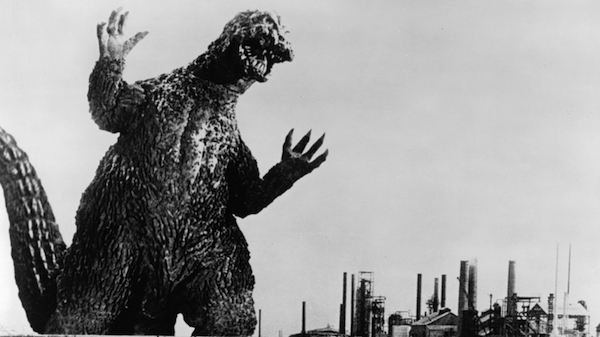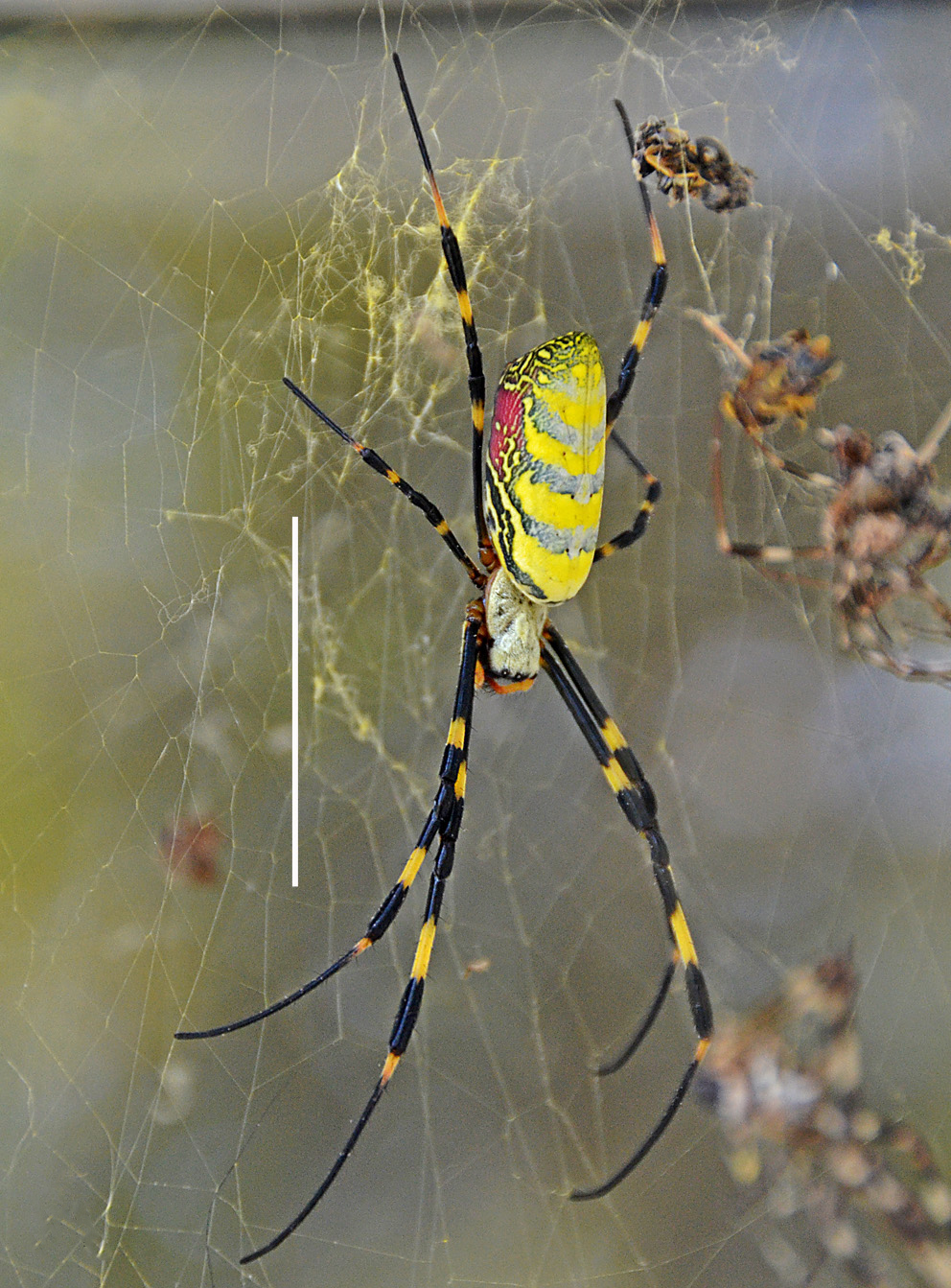Week One.

What are our goals in this class? To talk about monsters, and link the imagination to what is real and what we are trying to learn about. Our first meeting we will just get to know each other and talk about the semester. What we will doing is progressing from monster to popular understanding of science to the science itself, each time, using several pretty awesome examples.
Today, our first day, we'll get started with Godzilla! This mythical beast was born in a time of great fears of what manmade radiation could do to our natural world (and to us). Your assigned reading prior to next week will require you to think about what happens when we find something unusual in nature, and our first fear is that it is caused by radiation. After you read this, set a timer for 5 minutes and write about what this means to you, and bring this to class next week.
Week Two.
Week Three (Sep 2).
Week Four (Sep 9).
Bigfoot Caught on video in Boone North CarolinaBigfoot Caught on a video Boone, North, Carolina
Posted by Normangee Texas on Monday, August 10, 2015
Week Five (Sep 16).
Week Six (Sep 23).
Week Seven (Sep 30)
Week Eight (October 7).
Week Nine (October 14)

Week Nine (October 21) NO CLASS TODAY
Week Ten (October 28)
Week Eleven (November 4)
Week Twelve (November 11)
Caterpillars, salmon, ants, ... more to come.
http://thefisheriesblog.com/2013/11/11/the-swimming-dead-videos-of-zombie-fish/
Today we will look at examples of 'zombies' in nature, and discuss whether we think these qualify as zombies, as reported by the scientists and writers, or are they simply trying to exploit our fascination with monsters?
For next week, your last writing assignment, and I'd like it to be longer than usual - a 1-page report, either on the blog, on the wiki, or by paper (Caroline!), WITH AT LEAST ONE REFERENCE FROM A SCIENCE ARTICLE. Your question is:
"What does 'monster' mean to you? Do you believe there are monsters in real life, and what form do they take? What does it require to prove to others they exist, or to prove to yourself that they do not?"
We will discuss these in class next week!
Last Class! (November 18)



Comments